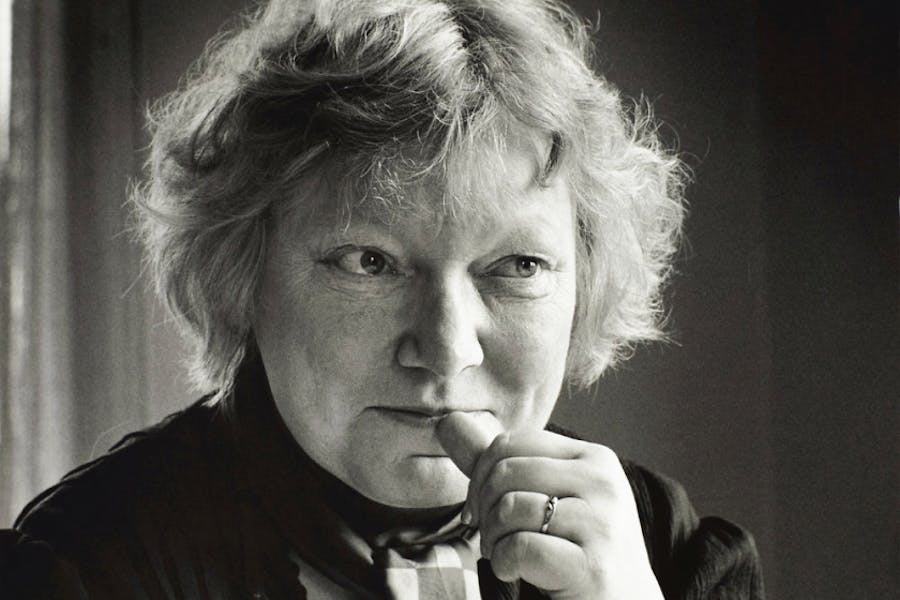Daylighting Østerå
After years underground in sewers, we are setting Aalborg’s lost river Østerå free to bring new nature-based resilience and public life to the city.

Curious for more?
Karsten Thorlund
Head of SLA Aarhus, Partner, Architect MAA
Location
Aalborg, Denmark
Size
7 ha over a 2 km stretch
Year
2018 — 2023
Client
The Municipality of Aalborg
Role
Design lead, Landscape Architect
Partners & Collaborators
Rambøll
Daylighting Østerå is an ambitious landscape and climate adaptation project, aiming to reconnect the city of Aalborg with the nature surrounding it.
The water flowing from the southern river valley to the Limfjord has been culverted ever since industrialization. But times have changed: The sewage system has been modernized, and the stream water is clean. Aalborg Municipality wanted to develop the Østerå area in a way that brings new nature qualities and stronger biodiversity, that adapts the city center to a changing climate, and creates new social meeting places.
SLA designed the new 2-km biodiverse river system with specially designed biotopes above and below sea level, new and improved social infrastructure, the addition of three new public parks to the city’s urban fabric – along with a multitude of new recreative connections through the city.


The project connects three new nature-based parks; Karolinelund, Åparken and Gabriel. From here you can follow the open course of the stream and a rich city nature with varied species. With a walking and cycling path throughout the project, the landscape design connects the city from one end to the other: From the magnificent nature surrounding the city to the urban part of central Aalborg.
The opening of the stream protects Aalborg against extreme rainfalls and cloudbursts. The greater capacity for diversion of rainwater relieves the rainwater catchments of the river and helps to make the city more robust to extreme rain events and cloudbursts.
Østerå is a part of Aalborg Municipality’s comprehensive strategy for creating a greener, climate-adapted and biodiverse Aalborg.
The three new riverside parks consist of:
Karolinelund: First a military garden with canals, then an amusement park, now an urban neighbourhood-park with large old trees, historical traces, and activities all day around. Karolinelund is stage one of the project and was inaugurated in 2023.
Åparken: A former railway area that has been left to itself, where a unique mix of species, also known as ruderat or terrain-vague, has been allowed to grow between railway tracks and large lamp posts.
Gabriel: The area where the river meets the city, where the watermills and later industry used the hydropower of Østerå river. A green and lush area where the running river will be a good living place for fish.


City nature and biodiversity
In each of the three parks, SLA is working with the local vegetation characteristics, aiming at creating a landscape rich in nature, constantly in process, evolving over time.
It is inherent in the project to create greater biodiversity on land, below water, and in between. The river restoration has already helped create a better ecological state in the Østerå river – and only one year after the inauguration of Karolinelund, rare Daubenton’s bats, usually only seen in the wild, were observed in the park.


We design places for life. All life.
Fundamentals





fund. 12
Mist
Read more

fund. 27
White
Read more





fund. 25
Roots
Read more



fund. 20
Sakuteiki
– The Book of Garden
Read more

fund. 26
Sound
Read more




fund. 26
Atmosphere
Read more

fund. 19
Essay: The Bark Room
Read more















